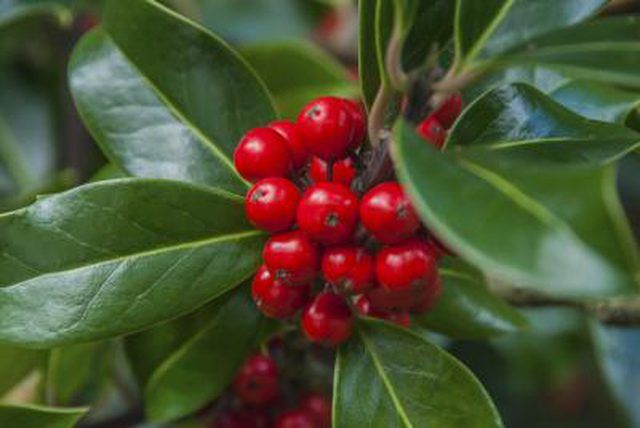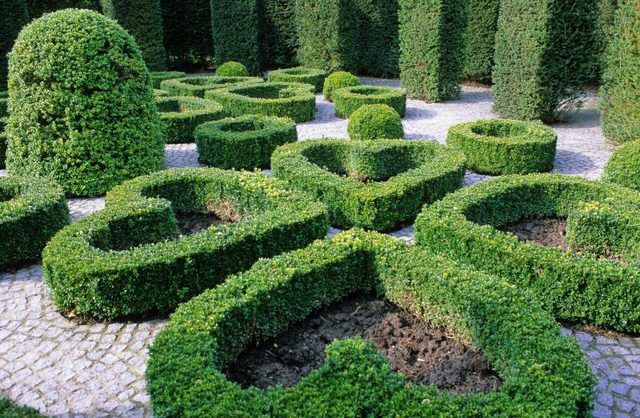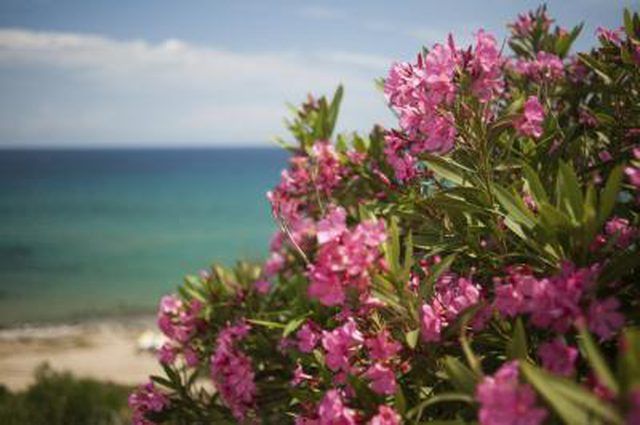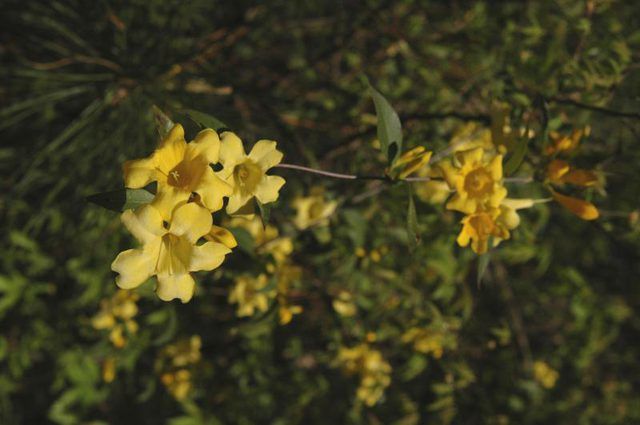Bulbs
Flower Basics
Flower Beds & Specialty Gardens
Flower Garden
Garden Furniture
Garden Gnomes
Garden Seeds
Garden Sheds
Garden Statues
Garden Tools & Supplies
Gardening Basics
Green & Organic
Groundcovers & Vines
Growing Annuals
Growing Basil
Growing Beans
Growing Berries
Growing Blueberries
Growing Cactus
Growing Corn
Growing Cotton
Growing Edibles
Growing Flowers
Growing Garlic
Growing Grapes
Growing Grass
Growing Herbs
Growing Jasmine
Growing Mint
Growing Mushrooms
Orchids
Growing Peanuts
Growing Perennials
Growing Plants
Growing Rosemary
Growing Roses
Growing Strawberries
Growing Sunflowers
Growing Thyme
Growing Tomatoes
Growing Tulips
Growing Vegetables
Herb Basics
Herb Garden
Indoor Growing
Landscaping Basics
Landscaping Patios
Landscaping Plants
Landscaping Shrubs
Landscaping Trees
Landscaping Walks & Pathways
Lawn Basics
Lawn Maintenance
Lawn Mowers
Lawn Ornaments
Lawn Planting
Lawn Tools
Outdoor Growing
Overall Landscape Planning
Pests, Weeds & Problems
Plant Basics
Rock Garden
Rose Garden
Shrubs
Soil
Specialty Gardens
Trees
Vegetable Garden
Yard Maintenance
Poisonous Evergreens
Poisonous Evergreens. Many decorative evergreen trees and shrubs and at least one classic evergreen garden vine contain poisonous substances. These include native plants as well as those that have been introduced from around the world. Some of their poisons are mildly toxic. Other plants have serious or fatal consequences if they are eaten. If you...

Many decorative evergreen trees and shrubs and at least one classic evergreen garden vine contain poisonous substances. These include native plants as well as those that have been introduced from around the world. Some of their poisons are mildly toxic. Other plants have serious or fatal consequences if they are eaten. If you have children or pets, keep them away from poisonous plants. If you suspect a family member has eaten something toxic, seek medical care as soon as possible.
Poisonous Evergreen Trees
American holly (Ilex opaca) grows 30 to 60 feet tall and 18 to 35 feet wide in U. S. Department of Agriculture plant hardiness zones 5 through 9. This tree famously produces the decorative dark green, prickly foliage and bright red berries associated with the holidays. Its berries contain mildly toxic illicin that is poisonous only if consumed in large quantities. Boxwood (Buxus sempervirens, USDA zones 5 through 8), grows 15 to 20 feet tall and 10 to 15 feet wide, producing creamy white flowers in spring. Lustrous dark green boxwood leaves are yellowish green to light green on their bottoms and may turn orange green in winter. Its steroidal alkaloids will cause skin irritation and are mildly toxic if eaten. Eucalyptus trees (Eucalyptus spp., USDA zones 7b through 10) grow 6 to 100 feet tall and 5 to 50 feet wide. Grown for their attractive leaves, eucalyptus trees contain cyanogenic glycoside and eucalyptus oil in their bark and leaves that will cause skin irritation if handled. The toxins are serious only if consumed in large quantities.

Toxic Evergreen Shrubs
A bushy shrub that grows 7 to 12 feet tall and 6 to 10 feet wide, oleander (Nerium oleander, USDA zones 8 through 11) produces funnel-shaped pink, red, yellow or red flowers in summer. All parts of the plant contain highly toxic saponins plus oleandroside and nerioside, glycosides that affect the heart. Mountain laurel (Kalmia latifolia, USDA zones 4 through 9) grows 7 to 15 feet tall and 3 to 5 feet wide with a contorted trunk and cinnamon-colored bark. It yields clusters of pink flowers. All parts of the plant contains the highly toxic glycoside, arbutin and andromedotoxin, a resinoid. Eastern baccharis (Baccharis halimifolia, USDA zones 5a through 11), grows 3 to 12 feet tall with white bristles and fruits on top that give it a silvery or white appearance in autumn. It contains toxic glycolsides in its foliage that attracts grazing animals when other forage is unavailable. Lily-of-the-valley (Pieris japonica, USDA zones 4b through 8), also called Japanese andromeda, grows 4 to 8 feet tall and just as wide, yields drooping clusters of white flowers in spring. Its leaves and the nectar of its flowers contain highly toxic andromedotoxin that may be fatal if eaten. Japanese yew (Taxus cuspidate, USDA zones 4 through 7) a decorative shrub that tolerates urban pollution, grows 4 to 6 feet tall and 5 to 7 feet wide with dark green leaves and red seeds. It contains a highly toxic alkaloid, taxine, in its seed pit, bark and leaves. This toxin can cause convulsions and death.

Poisonous Evergreen Vines
A woody vine, Carolina jessamine (Gelsemium sempervierens, USDA zones 7 through 9) climbs 10 to 20 feet tall with dark green leaves that turn purplish in winter. All parts of the plant contain highly toxic alkaloids that can be fatal if eaten. Carolina jessamine grows in U.S. Department of Agriculture plant hardiness zones 7 through 9.

Symptoms and Treatment
Symptoms of poisoning vary with the toxin and the amount eaten. Typical symptoms include abdominal pain, diarrhea, headache, watering of eyes and nose, nausea, tingling skin, sweating, slow pulse, lack of coordination and in severe cases, convulsions, paralysis, respiratory failure and death. If you experience symptoms of poison from contact with any of these plants, call your doctor or the national poison control hotline at 1-800-222-1222. This hotline, run by poison specialists, is maintained 24/7 by the National Institutes of Health. If your pet shows signs of distress after eating any plant, contact your veterinarian or take the pet to an emergency veterinarian.